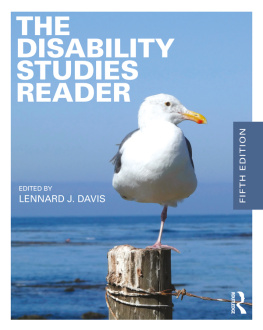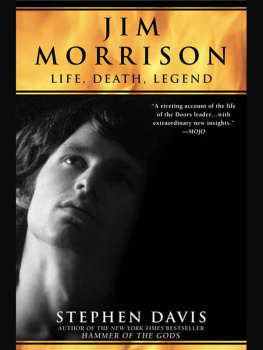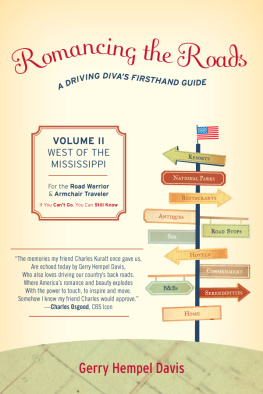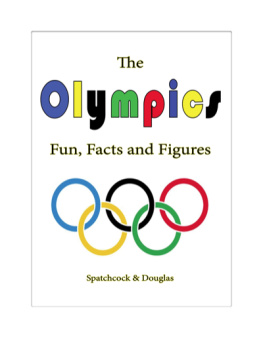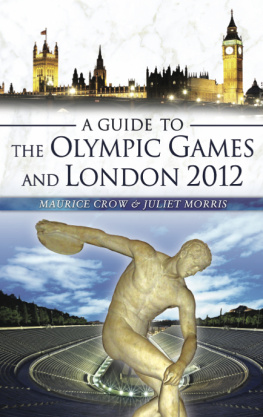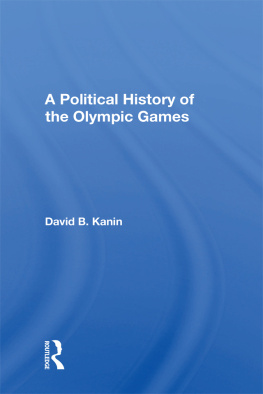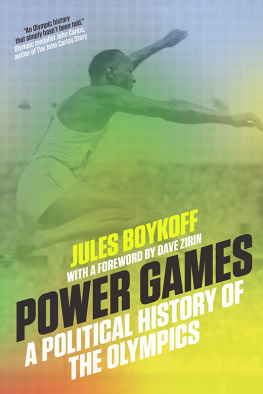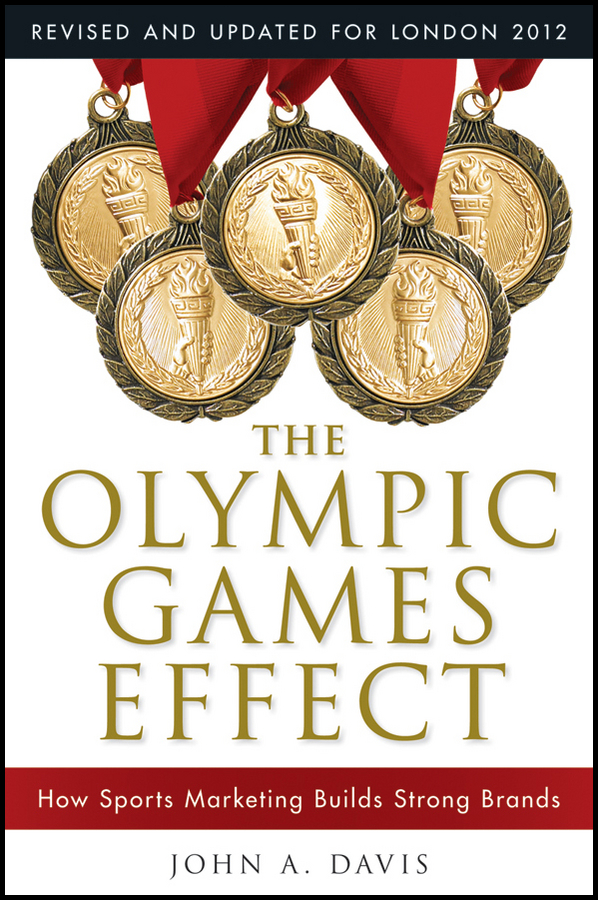Contents

Copyright @ 2012 John Wiley & Sons Singapore Pte. Ltd.
Published in 2012 by John Wiley & Sons Singapore Pte. Ltd.
1 Fusionopolis Walk, #07-01, Solaris South Tower, Singapore 138628.
All rights reserved.
First edition published in 2008.
No part of this publication may be reproduced, stored in a retrieval system, or transmitted in any form or by any means, electronic, mechanical, photocopying, recording, scanning, or otherwise, except as expressly permitted by law, without either the prior written permission of the Publisher, or authorization through payment of the appropriate photocopy fee to the Copyright Clearance Center. Requests for permission should be addressed to the Publisher, John Wiley & Sons (Asia) Pte. Ltd., 1 Fusionopolis Walk, #07-01, Solaris South Tower, Singapore 138628, tel: 65-6643-8000, fax: 65-6643-8008, e-mail: .
This publication is designed to provide accurate and authoritative information in regard to the subject matter covered. It is sold with the understanding that the Publisher is not engaged in rendering professional services. If professional advice or other expert assistance is required, the services of a competent professional person should be sought. Neither the author nor the Publisher is liable for any actions prompted or caused by the information presented in this book. Any views expressed herein are those of the author and do not represent the views of the organizations he works for.
Other Wiley Editorial Offices
John Wiley & Sons, 111 River Street, Hoboken, NJ 07030, USA
John Wiley & Sons, The Atrium, Southern Gate, Chichester, West Sussex, P019 8SQ, United Kingdom
John Wiley & Sons (Canada) Ltd., 5353 Dundas Street West, Suite 400, Toronto, Ontario, M9B 6HB, Canada
John Wiley & Sons Australia Ltd., 42 McDougall Street, Milton, Queensland 4064, Australia
Wiley-VCH, Boschstrasse 12, D-69469 Weinheim, Germany
Library of Congress Cataloging-in-Publication Data
ISBN 978-1-118-17168-4 (Paperback)
ISBN 978-1-118-17169-1 (ePDF)
ISBN 978-1-118-17170-7 (Mobi)
ISBN 978-1-118-17171-4 (ePub)
To Barb!!
Your love and support make me the luckiest guy in the known universe. My life is infinitely better because of you.
Acknowledgments
When first discussing this second edition with Nick Wallwork, my publisher, I envisioned a relatively straightforward sequel. However, as I dug into the data, I ended up reorganizing and rewriting virtually the entire book. This is good news for fans of the Olympics, corporate chief marketing officers, and companies considering sports sponsorship investments because the 2008 Beijing Olympics, 2010 Vancouver Olympics, and the inaugural Youth Olympic Games held in 2010 in Singapore provided a veritable treasure trove of new Olympic data and sponsorship activities. As I have learned from my experiences writing each edition, it is impossible to analyze the activities of The Olympic Partner (TOP) sponsors without understanding Olympic history and the associated (and countless) stories of success, and failure, that have defined the Games for nearly 3,000 years, thereby elevating them well above being merely a megasports event to serving as a beacon of hope and source of inspiration for billions of people around the world.
There are far too many people to acknowledge properly without creating a 30-page statement of appreciation, but there are a few individuals whose work I admire and whose support has been important to me. They include:
- Dr. Kostas Georgiadis, Dean of the International Olympic Academy in Olympia, Greece, and Vice Rector of the University of Peloponnese.
- Dr. Benoit Seguin, School of Human Kinetics at the University of Ottawa and Supervising Faculty at the International Olympic Academy.
- Dr. Lynn Kahle, Ehrman Giustina Professor of Marketing and Department Head, Lundquist College of Business, University of Oregon.
- Dr. Glenn Hubbard, Dean, and Russell L. Carson, Professor of Finance and Economics, Columbia Business School at Columbia University in the City of New York.
- Dr. Kimio Kase, IESE Business School.
- Richard H. Burton, David B. Falk Professor of Sport Management, David B. Falk College of Sport and Human Dynamics, Syracuse University.
- Dr. Dae Ryun Chang, Professor of Marketing/International Business, Yonsei School of Business, Yonsei University.
Unquestionably, I owe a debt of gratitude to my students from Asia, Europe, and the United States for the past decade, whose energy, enthusiasm, and commitment to conducting fascinating research on sports, sports marketing, and the Olympics have been an ongoing source of inspiration to me. In particular, my Masters students from the International Olympic Academy (a remarkable program held in ancient Olympia), many of whom have been directly involved in Olympic-related activities on behalf of their respective countries for years, gave me terrific new insights about the Olympic movement and the challenges of further enhancing the success of the Olympics for sponsors, host cities, and athletes in the years ahead.
None of my work would see the light of day without the support and ongoing commitment of the great team at my publisher, John Wiley & Sons. Nick Wallwork especially deserves a badge of honor, and an extra beer or two, for being a trusted advisor. The many other wonderful people at Wiley deserve praise and have my eternal gratitude, including Emilie Herman, Jules Yap, Janis Soo, and Paul Dinovo. They are thoughtful, professional, and always encouraging.
Introduction
The first edition of this book was surprisingly well received, generating interest from readers literally all over the world. In the years since the 2008 Beijing Olympics (when the first edition was published), I have been fortunate to speak to audiences all across Asia, in Europe, and in the United States, including the 2011 TED conference in Shanghai, China (TEDxFiveStarSquare), a particularly enjoyable event with a wonderfully diverse range of electrifying speakers with fascinating backgrounds and interests. I was also invited to teach at the International Olympic Academy in their Masters of Olympic Studies, Olympic Education, Organization and Management of Olympic Events program. Being within walking distance of ancient Olympia and the archaeological ruins where the first Olympiads were held was nothing short of thrilling, breathtaking, and humbling. The students, the program team, and the daily visits to the sites of ancient Olympia made for an unforgettable experience.
This second edition of The Olympic Games Effect: How Sports Marketing Builds Strong Brands revisits the themes of the first book and adds updated content and data from the 2008 Summer Olympic Games in Beijing, the 2010 Winter Olympic Games in Vancouver, and the first Youth Olympic Games, held in Singapore in 2010, where I was conveniently living at the time. The content additions in the second edition provide more depth about TOP sponsors (with new case studies and updates to previous cases), social media, fans, host cities and the bidding process, and more. Each chapter has new content and ends with questions designed to test your knowledge and inspire your interest in doing additional research.
The Olympic Games, at their core, are about athletes and athletic competition. But the Olympics have evolved into a much larger phenomenon that extends beyond the boundaries of sport. Propelled by the Olympic movement, the term that describes the interrelationship among athletes, local and national Olympic committees, and related international federations (which are responsible for specific sports around the world), the Olympics have come to represent hope and prosperityhope, in the sense of a peaceful, better world energized by sport, and prosperity in the economic, social, and political contexts.


